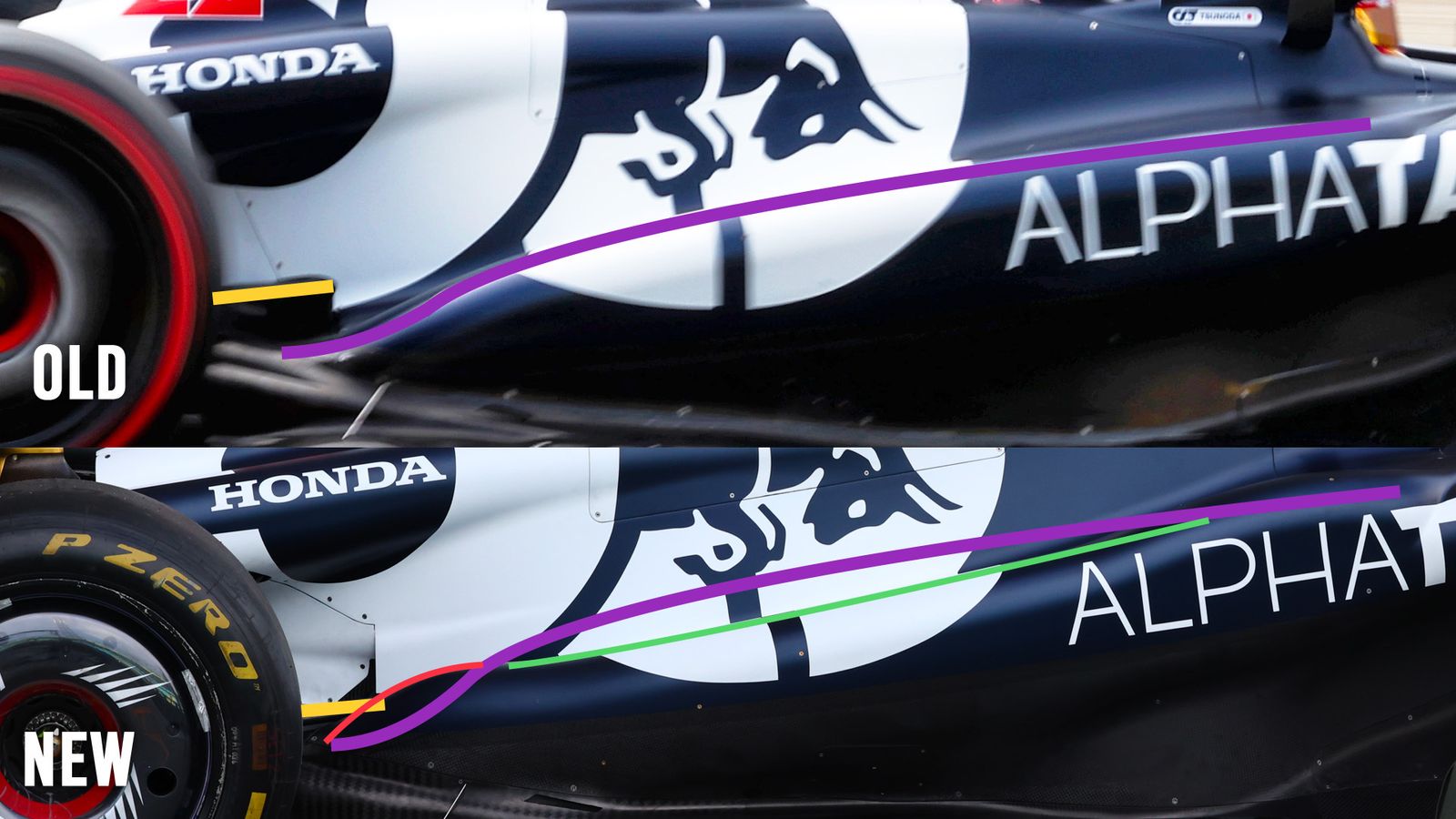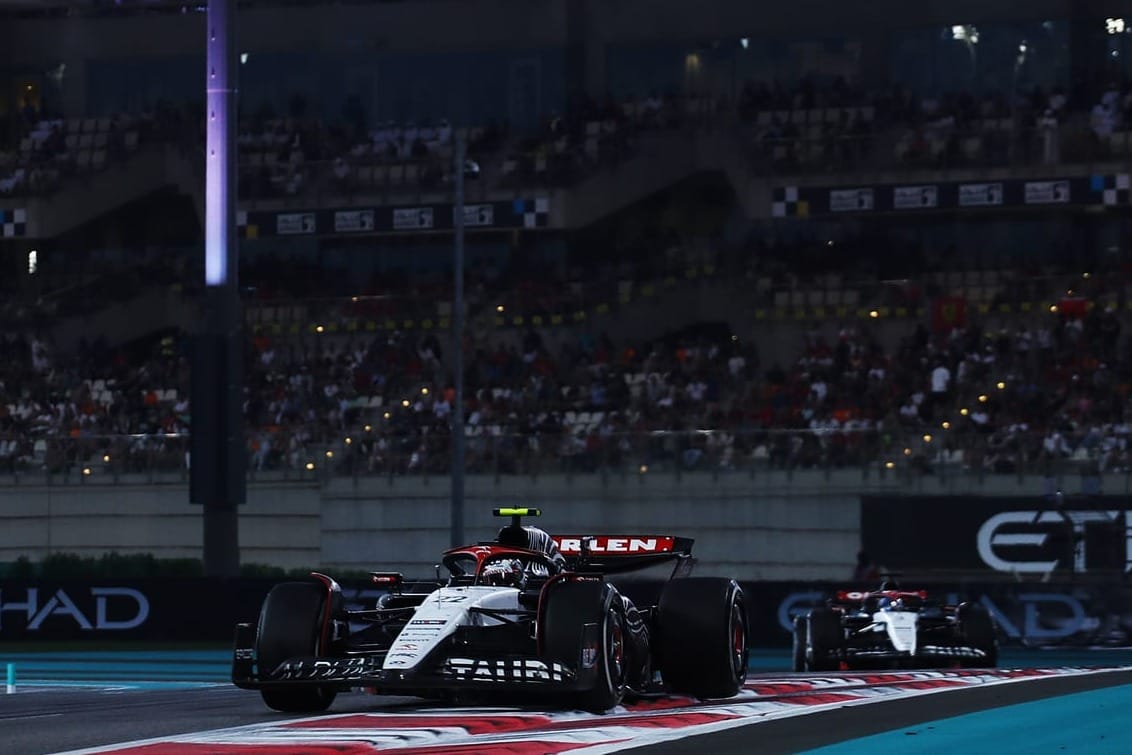Up Next

The relationship between Red Bull’s two Formula 1 teams is coming under increasing scrutiny after AlphaTauri allegedly produced what one rival team called “the best car in low-speed corners” during 2023.
While Red Bull Racing dominated both championships this year, sister team AlphaTauri spent most of the season in last before a late surge of four points finishes at five grands prix jumped it ahead of Haas and Sauber, and almost Williams too.
The AT04 was heavily upgraded through the season with close attention paid by rivals to the sequence of floor updates from the Singapore Grand Prix onwards, as variants appeared in Austin and at the season finale in Abu Dhabi as well.
AlphaTauri’s Singapore package was a significant overhaul that included a switch to parts of the Red Bull RB19’s rear suspension. It started the season using the RB18’s rear end, as using older Red Bull parts has been the team’s preference for several years.

Even though a mid-season switch is unorthodox it is allowed by F1’s regulations governing which parts a team may purchase from another, and is not really any different to any team doing their own suspension upgrade. And Red Bull made it clear it wanted AlphaTauri to better maximise the shared-parts rules given the vastly superior performance of the main team.
AlphaTauri, though, has continued to assert that its own aerodynamic development has been the primary driver of its improved form.
At the season finale in Abu Dhabi, where Yuki Tsunoda qualified sixth, McLaren team principal Andrea Stella made a point of mentioning AlphaTauri’s progress while explaining how McLaren’s long-standing weakness in slow corners had impacted its own performance in qualifying there.
“I think it is nowadays the best car at low speed,” said Stella. “So, I would like to say very well done to the AlphaTauri engineers for having made the best car in low speed. It's quite impressive.”
AlphaTauri counters this by pointing out its car is also slow on the straights, so it has focused a lot on adding downforce without being able to refine the aerodynamic efficiency.
But is this more than the standard gripe about a backmarker team starting to interfere with the usual point scorers again?
THE IMPLIED CONCERNS
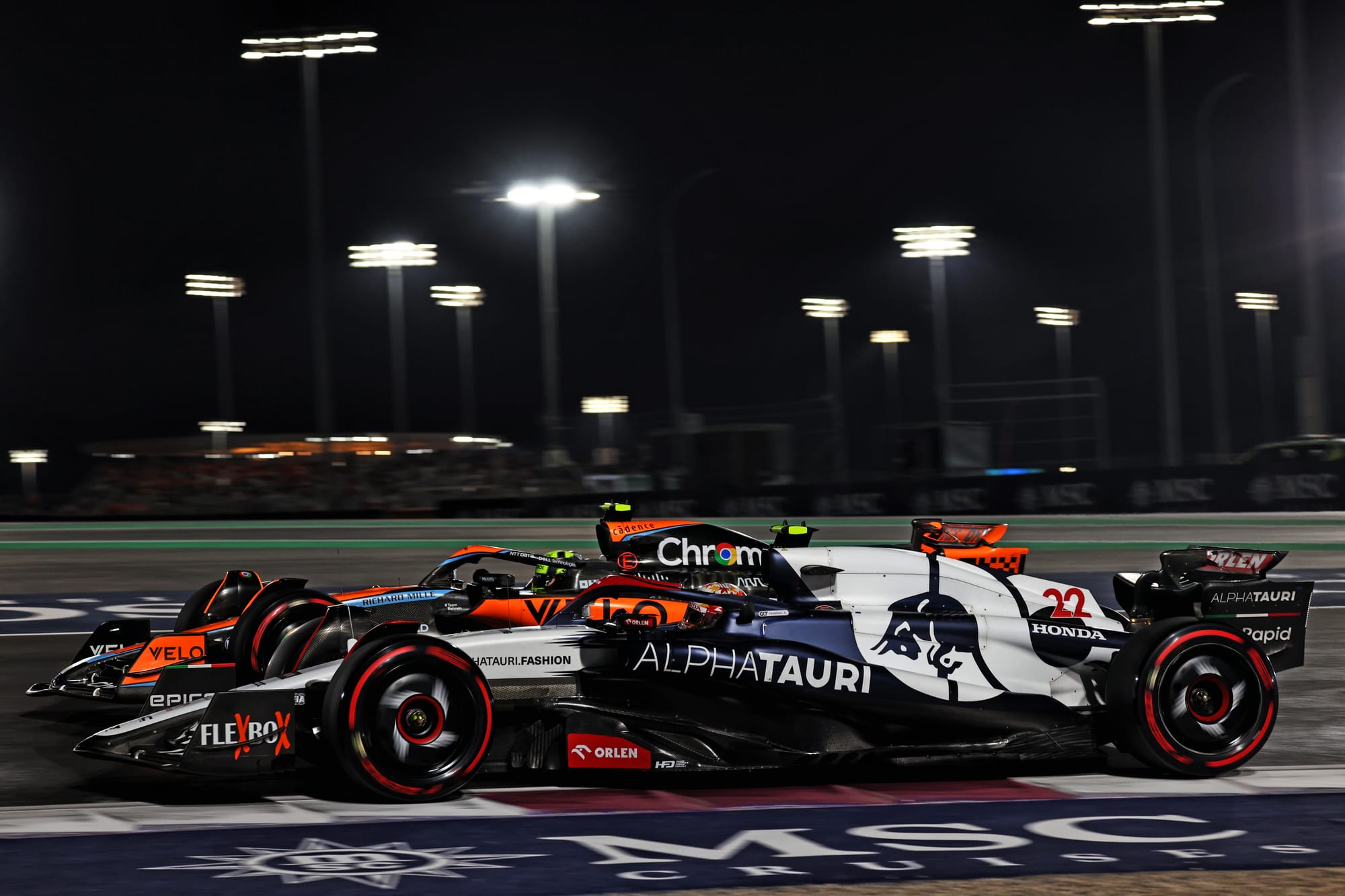
Innocuous as Stella’s comment might seem, they reflect the fact that the rate and quality of AlphaTauri’s 2023 upgrades have caught the attention of teams that, for now, are still more competitive.
When the second Red Bull team performs well, it immediately raises concerns about how that has been achieved, and is an even more extreme example of the paranoia that existed when Ferrari’s customer team Haas was at its most competitive in the past.
It is only going to increase as Red Bull moves part of its second team closer to Red Bull Racing's headquarters, too.
The situation is beginning to escalate behind the scenes. Some teams want collaborations to be clamped down on more for the next set of rules in 2026 and have that augmented by the Concorde Agreement as well, to put more emphasis on independence within F1's governance, not just its regulations.
The reason for the concern is simple. Theoretically it would be a big advantage if two teams were to split the research and development of certain items between them, not just share any aerodynamic secrets.
But beyond the list of what parts teams can and cannot buy from one another, the regulations do outline strict requirements for preventing the transfer of data, designs, drawings, or any other intellectual property, the receipt of information, consultancy or any other kind of services from another competitor, or the sharing of any methodologies.
While there has been no specific accusation of wrongdoing by the two Red Bull teams, the implication is that some other teams still feel the rules need to be tighter to reduce the risk.
Although the FIA does not want to get into monitoring personnel’s day-to-day movements to police any and all potential exchanges across teams, one example of other ideas that have been discussed is for the FIA to be able to conduct spot checks of team facilities at almost no notice.
There is also set to be further guidance issued to teams about what can be done to convince the FIA that nothing untoward is happening behind the scenes.
FIA DOUBTS 'HEAVILY ILLEGAL' ACTIVITY
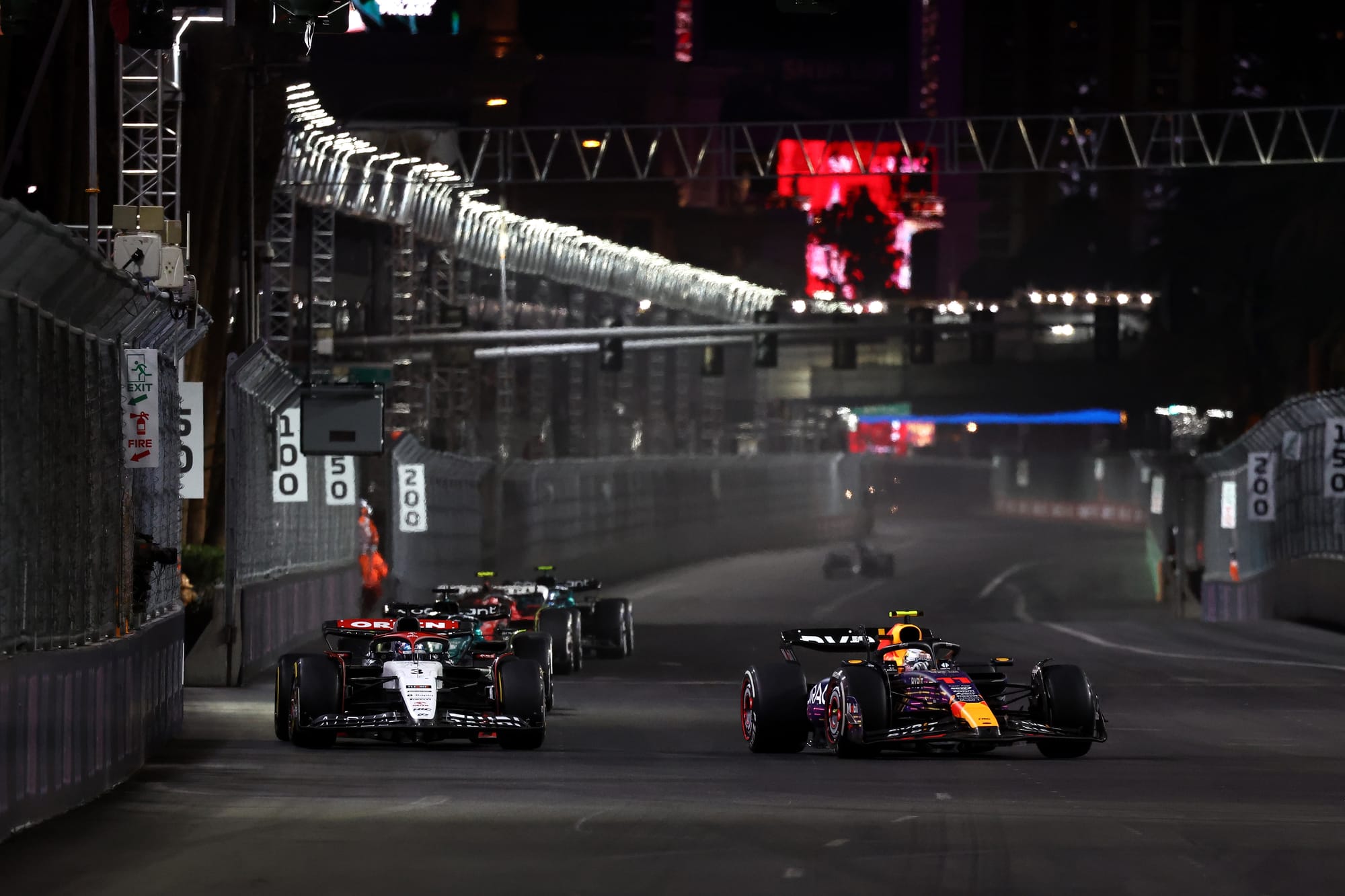
As far as the FIA is concerned, nothing about AlphaTauri's progress in 2023 or its rate of upgrades has set any alarm bells ringing.
“Teams decide to spend their money in different ways,” said Nikolas Tombazis, the FIA’s F1 director.
“Sometimes teams carry out modifications to the floor which are more local, and therefore don't involve throwing everything away.
“We haven't seen anything in AlphaTauri that is concerning us.”
Tombazis has admitted it's a live concern to make sure teams that collaborate in ways the regulations allow “are well segregated”.
However, he stressed that it is “not only between the two teams” owned by Red Bull.
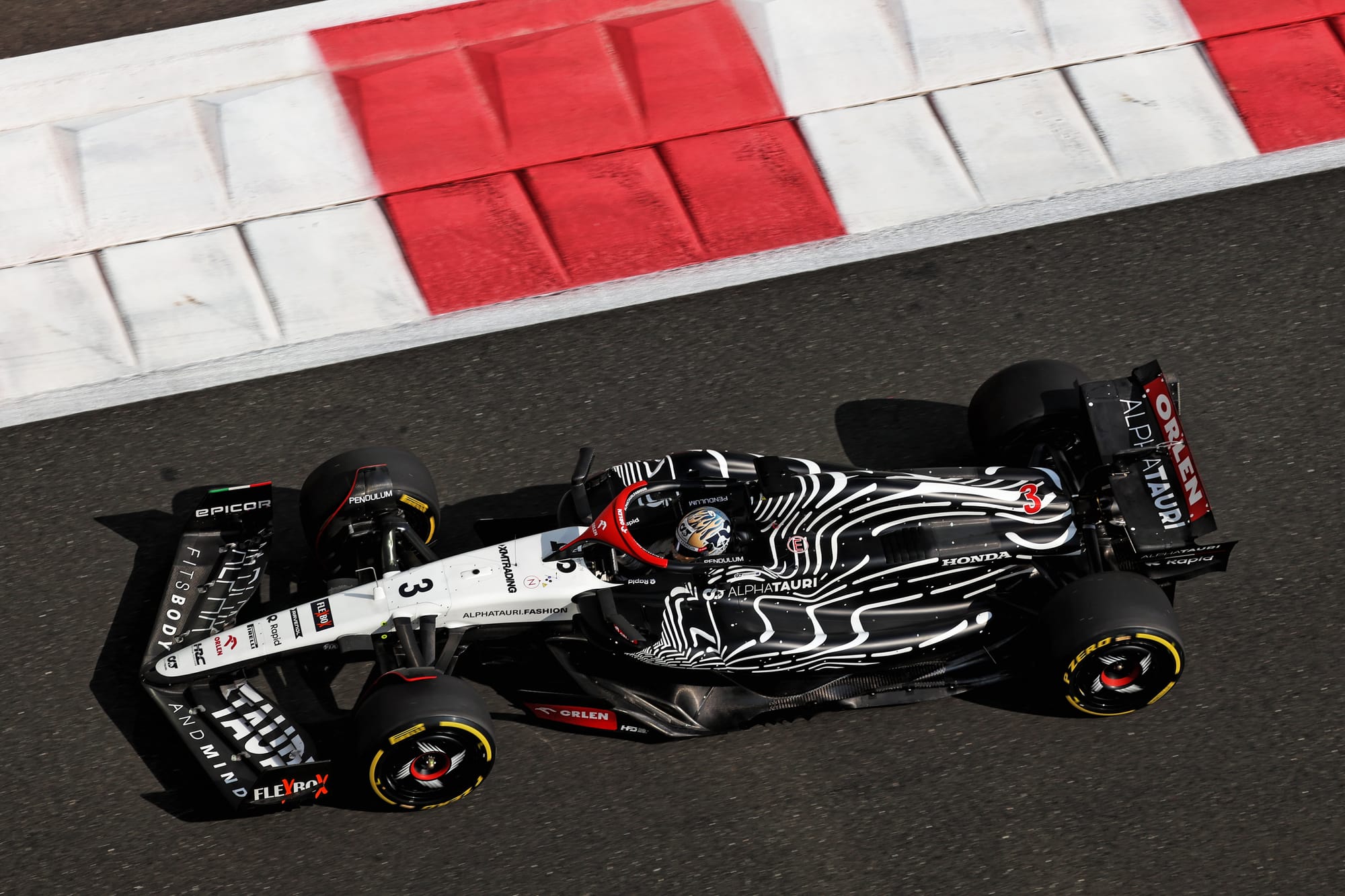
“We believe that AlphaTauri specifically does have quite different aerodynamic solutions to the other company,” he added.
“And we don’t think there’s any sign of any direct collaboration. Clearly, they are working hard and have made a step forward this year. I don’t think it can be said it’s due to collaboration.
“That said, collaboration, or making sure that no such thing happens, is one of the tricky parts of our policing team.
“We’re not underestimating the challenge. It is one of the one of the difficulties we have.”
Tombazis said that actively splitting design work to evaluate which ideas are best would be “heavily illegal” although is not suspected of the two Red Bull teams.
He suggested the FIA’s checks would root out any such illicit tactics because when teams have run similar aerodynamic components in the past they have been challenged to prove their development process was organic.
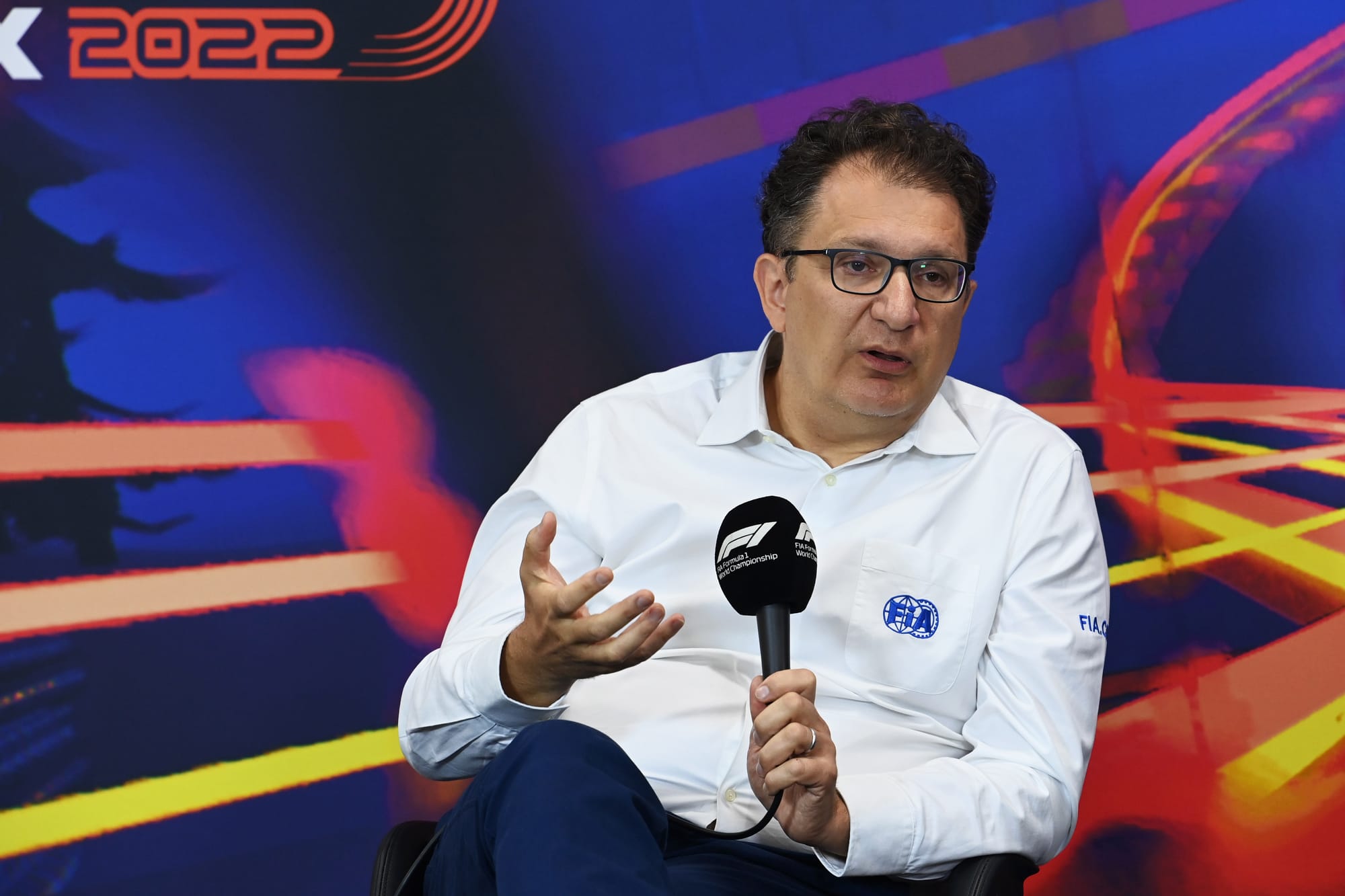
“I don’t think there’s something like that happening at the moment,” he said. “We have checked, and we have processes to check.
“Is it easy? No, I’m not saying it’s easy. It’s always a challenge.”
ALPHATAURI'S SELFISH UPGRADES
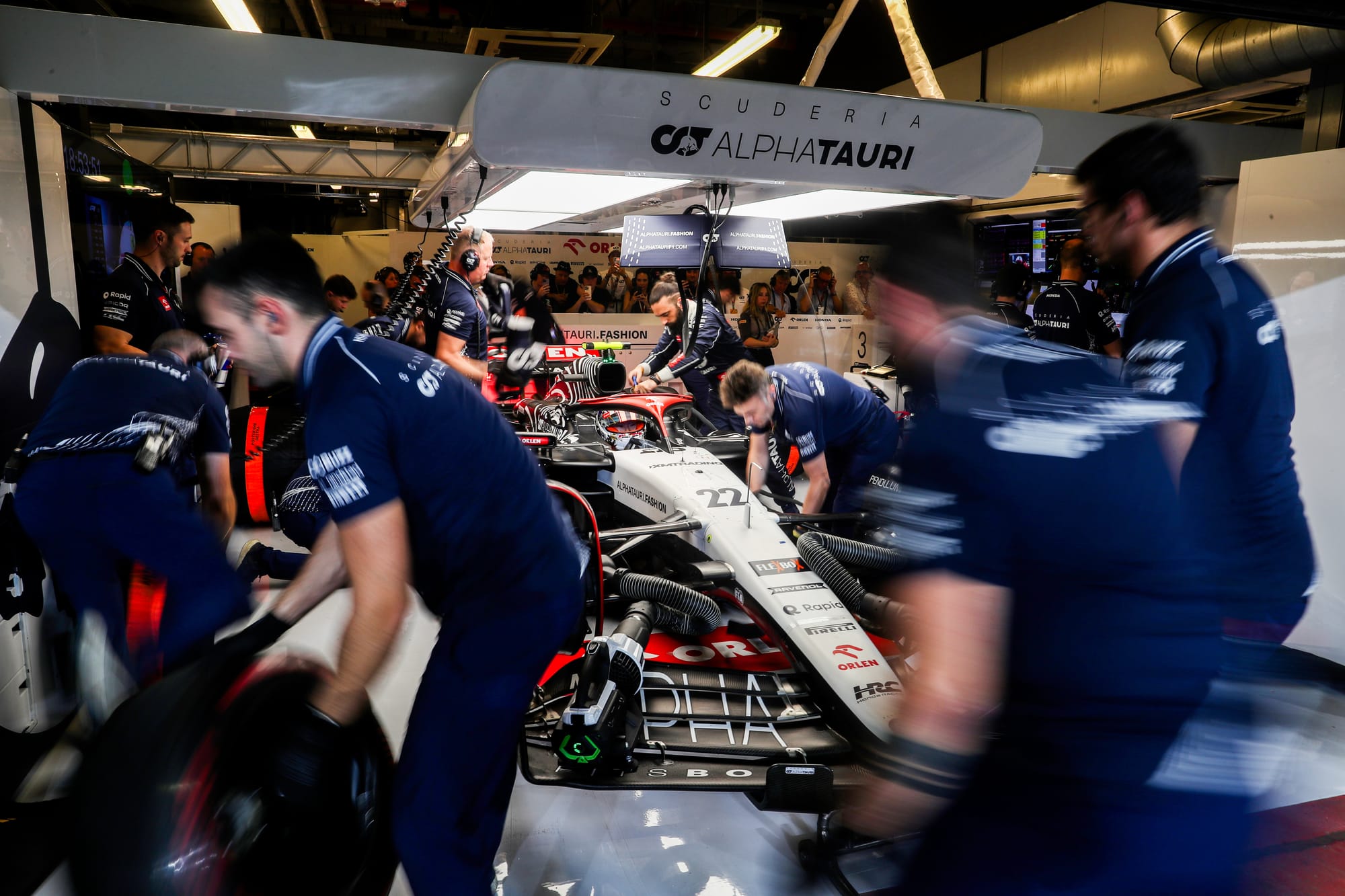
While there is no doubt AlphaTauri has been busy with its upgrades this season, there are more selfish reasons behind it than any hypothetical benefit for Red Bull’s main team.
For starters, the parent company has made it clear there was an urgent need for the second entry to improve its form. It has long been felt that in the wake of Dietrich Mateschitz’s passing, Red Bull would not hesitate to sell AlphaTauri unless it became a more efficient and more successful team.
That has driven greater collaboration on the technical side and the plan to move the AlphaTauri UK base to Red Bull’s main campus.
It also played a part in a technical reshuffle early in the year, with head of aerodynamics Dickon Balmforth ousted and ex-Red Bull and Aston Martin senior aerodynamicist Guru Johl among those to join since.
Improved aerodynamics and bits of the RB19’s rear end helped transform the performance but there was no single magic switch - AlphaTauri actually improved gradually and the late-season burst of points finishes was as much about the team finally converting its potential as it was making further gains.
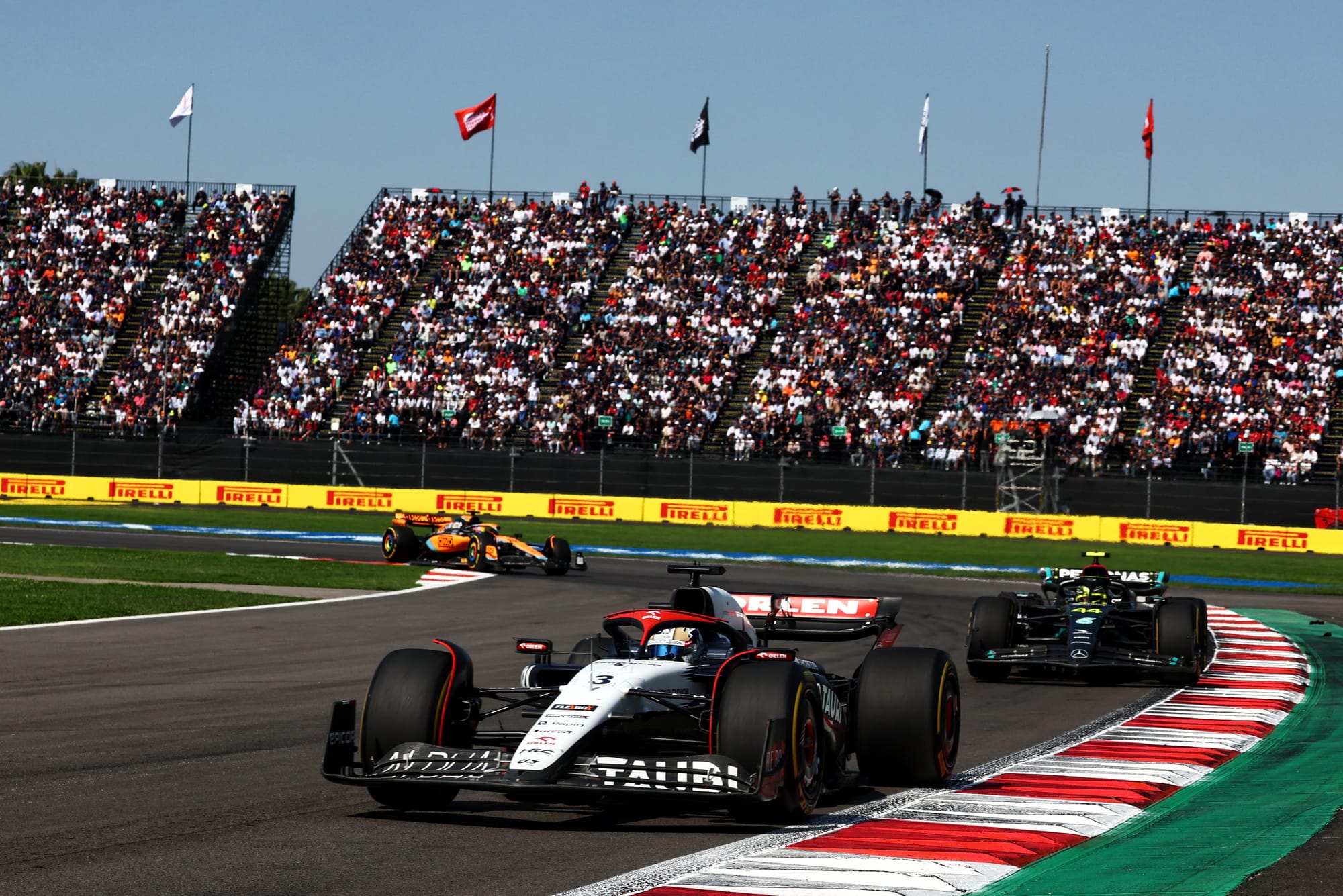
“We started the season a long way off on the backfoot,” said AlphaTauri's chief race engineer Jonathan Eddolls.
“So there was plenty to find. But I think it's fair to say that the factory, Bicester and Faenza, have done a really good job at identifying the weaknesses of that car, and then working hard to try to address those.
“But it just takes so long. Firstly, you change the targets, then you have to develop around those targets, then you find parts, then you've got to make the parts, then you bring them to the track.
“It’s only Singapore, since the second part of the season, that really we've been seeing the fruits from that.
“We've been updating the car all year, but to get points, you've got so many cars in front, it's taken quite a while to get to this stage where we can hopefully consistently score points with the car.”
As for the rate of the upgrades, a lack of spares in Abu Dhabi showed not just how desperate AlphaTauri was to add extra performance to its car, but also how it was potentially cutting corners to expedite production and reduce costs.
“The way the windtunnel works, it's constantly developing every day, you've got new parts, different packages,” said Eddolls.
“If they find something interesting, like the direction of this floor, then they'll put a bit more focus into trying to maximise that.
“That came at a time late in the season. But if we were aggressive enough, there was time just to get it for this last race.”
This supported AlphaTauri's failed, but valiant, attempt to overhaul Williams for seventh in the championship at the final round - although it gained around $20million in prize money by jumping to eighth anyway - and has given the team real-world data to finalise the early version of its 2024 design.
NOT A 'PINK MERCEDES' SITUATION
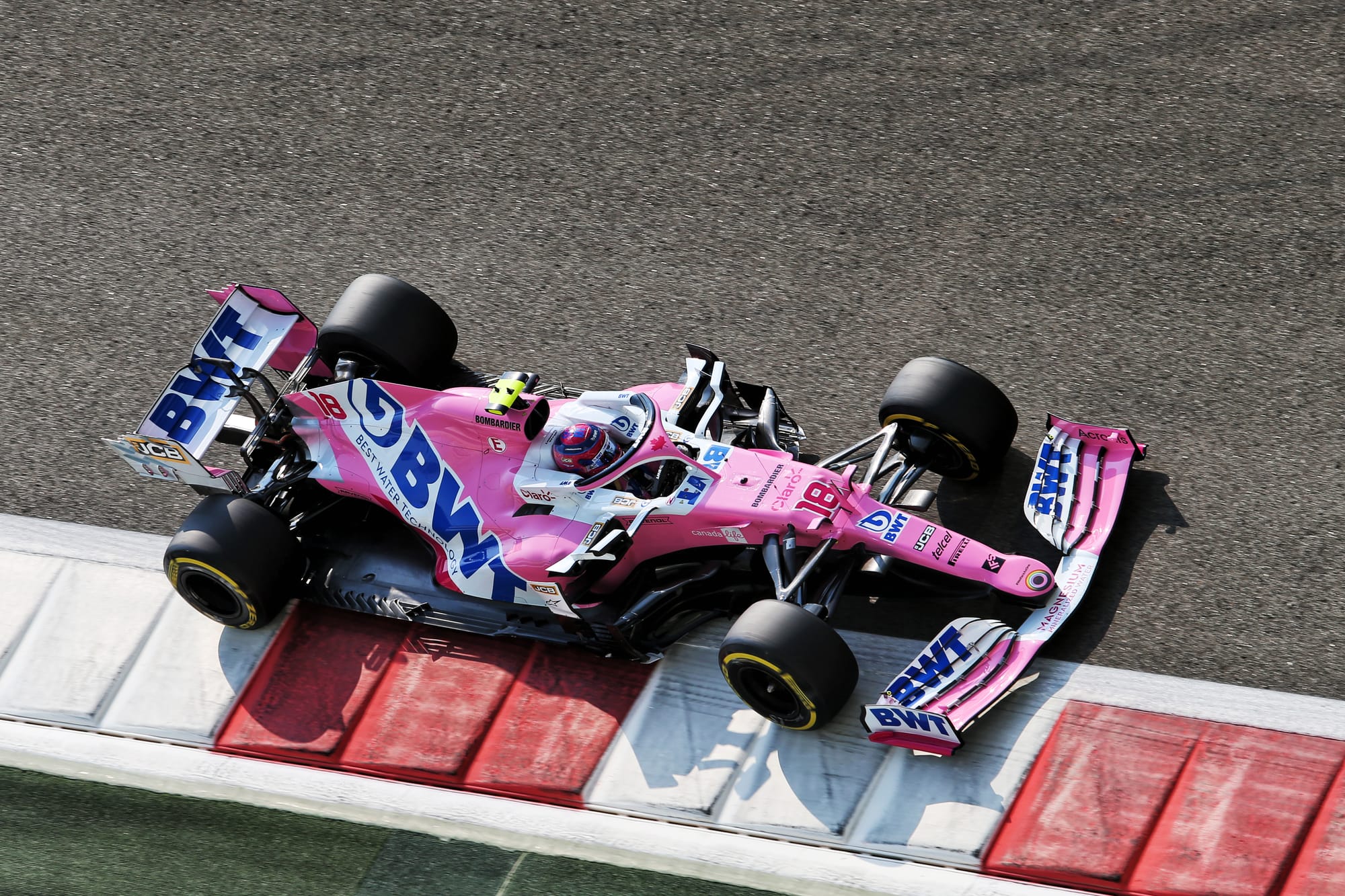
As far as Red Bull is concerned, the link between its two teams is no different to any other supplier-customer relationship in F1.
Red Bull Racing team boss Christian Horner said that AlphaTauri will determine its own success by using the tools and parts as best they can.
Horner has said “we're an awfully long way away from a pink Mercedes” situation, referencing the Racing Point copying saga of 2020, when the team now known as Aston Martin closely replicated the title-winning Mercedes’ aerodynamic design from 2019 and bought as much of the underlying architecture as the rules allowed.
“When you look at the car, there's quite fundamental differences between that car and a Red Bull Racing car,” Horner said of the AlphaTauri.
“And arguably, there's other cars on the grid that are far closer in concept than an AlphaTauri is [to Red Bull].
“You’ve only got to look at an Aston Martin or even a McLaren, if you look around the rear suspension of a McLaren it's very close in concept to that of our own.”
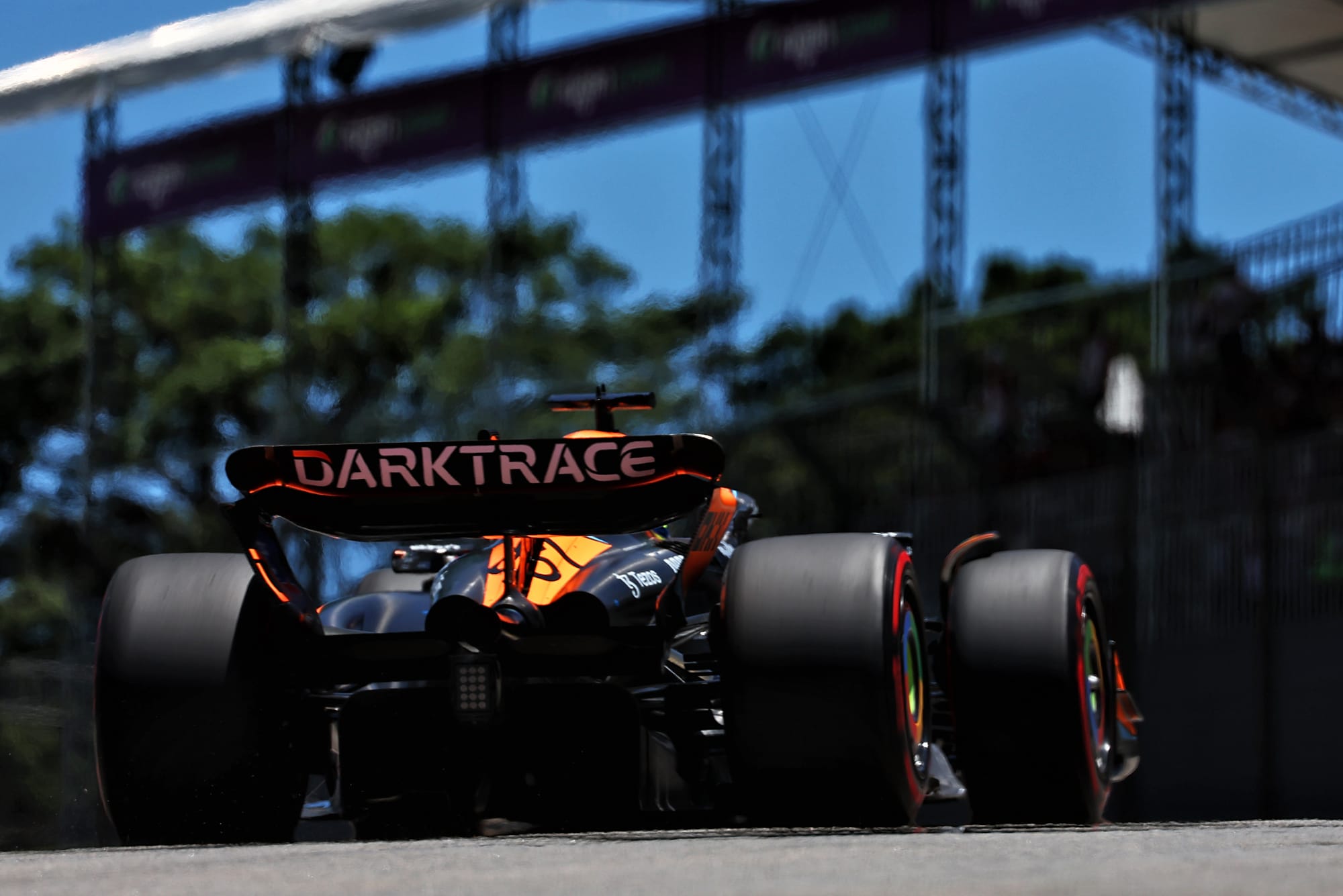
It is permissible for a team to be influenced by the design or concept of a rival, but just reverse engineering ideas from photos or scans is not permitted - even a similar design has to be developed by “legitimate independent work”.
Even though there has been some discussion around the prospect of next year’s AlphaTauri looking like an RB19 clone, that is not necessarily on the cards. And based on what has emerged at the end of 2023, it’s not what Red Bull’s rivals are most concerned about anyway.
This is likely to become a bigger topic in 2024. There will be no stopping a closer working relationship between Red Bull and whatever AlphaTauri is called next year. That has been set in motion for some time.
The expected rebrand is going to make the second team a more overt ‘Red Bull 2’ and sharing a campus, even if the second team is not fully based there, adds a geographical link between the only two teams with shared ownership.
That makes this a unique situation, an added challenge to regulate, and an obvious source of ongoing suspicion and paranoia.


